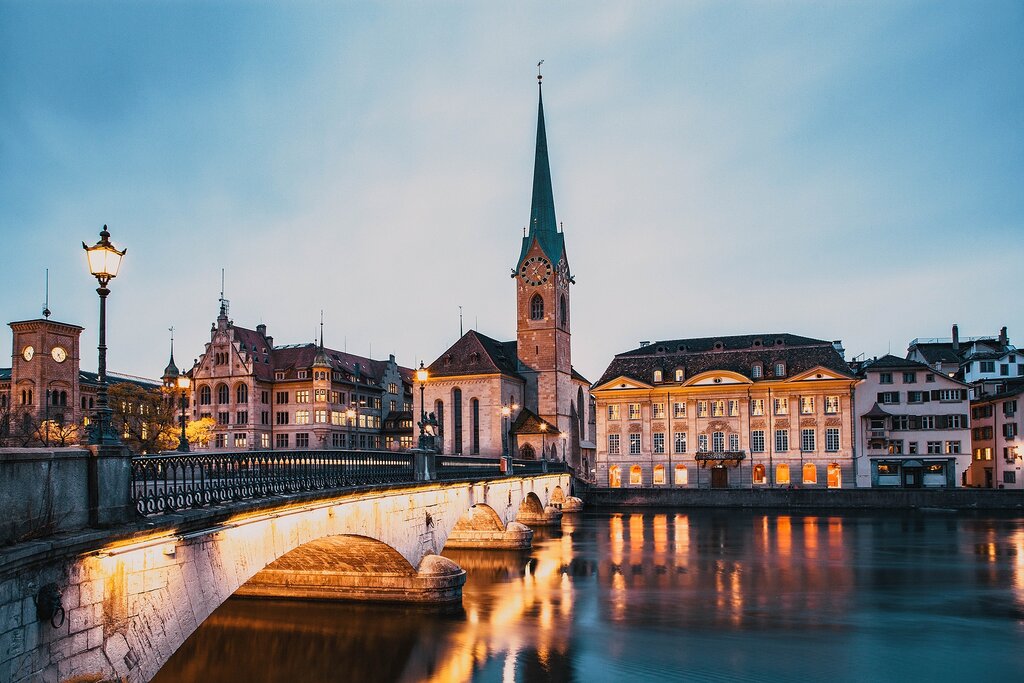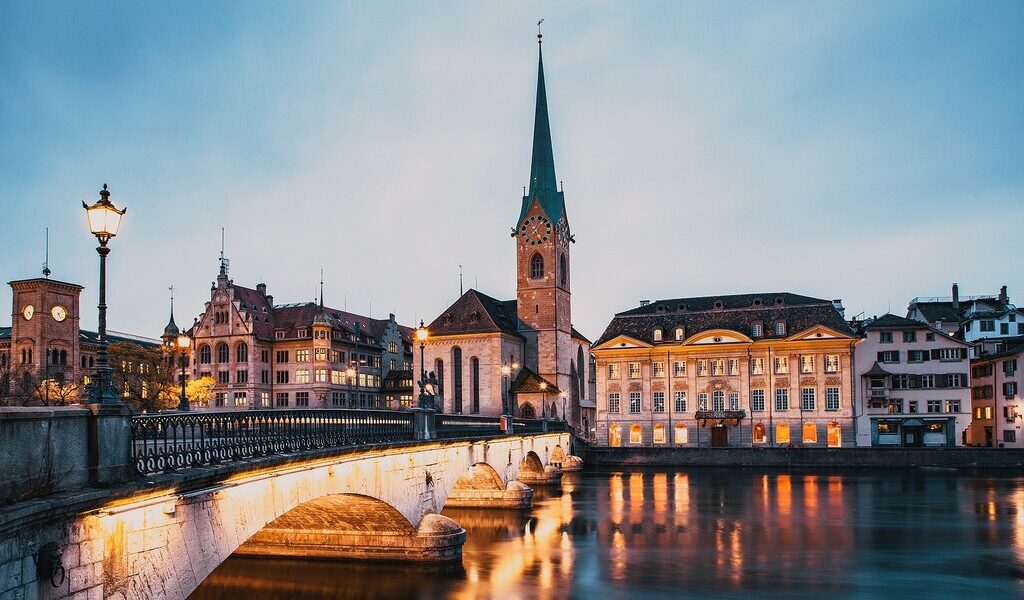
November is the final month of fall in Switzerland, and temperatures are generally cold. Conditions are not yet ripe for skiing, but this month is still an excellent time to visit Switzerland’s cities for cultural attractions and to make the most of their proximity to the mountains if the weather’s fine. Find out more about where to go and what to do in Switzerland in November.
## Switzerland in November: A Comprehensive Guide
November in Switzerland offers a unique travel experience, a transitional period between the vibrant colors of autumn and the snow-dusted landscapes of winter. While the weather can be unpredictable, with the potential for both crisp, clear days and chilly, overcast ones, the reduced crowds and potential for lower prices make it an appealing time to visit. Let’s delve into what you can expect during a Swiss adventure in November.
**Weather Considerations**
As November progresses, Switzerland steadily transitions into its winter season. Higher altitudes will almost certainly see snowfall, and temperatures will dip significantly. However, the lower-lying areas can still experience pleasant days, particularly earlier in the month. The key is to be prepared for a range of conditions and to pack accordingly, layering clothing to adapt to fluctuating temperatures.
Temperature variations are highly dependent on altitude. In cities like **Geneva**, **Lugano**, and **Zürich**, the average November temperature hovers around 46°F (7.5°C). Meanwhile, in high-altitude locations such as **Zermatt**, the average plummets to a brisk 28°F (-2°C). This is almost as cold as the temperatures experienced during the peak of winter. Therefore, if you plan to visit mountainous regions, be sure to pack warm, insulated clothing, including hats, gloves, and scarves.
**Crowds, Costs, and Opportunities**
November falls within Switzerland’s low tourism season, strategically positioned before the surge in visitors leading up to Christmas and the winter ski season. The official ski season typically commences in December. However, it’s worth noting that early snowfall can occasionally prompt an earlier start to the season, particularly in higher-altitude resorts like **Zermatt**, **Saas-Fee**, and **Verbier**. If this occurs, expect these resort towns to quickly become more populated as ski enthusiasts flock to the slopes.
The conditions prevalent in November create an ideal opportunity to explore Switzerland’s urban centers. If you prioritize cultural attractions over consistent weather conditions, this month offers a great chance to discover the country’s rich heritage. Museums, art galleries, and stunning architecture await your exploration. Additionally, you may encounter discounted rates on accommodations, flights, and various activities. Keep in mind, however, that some tourist facilities outside the major cities may undergo maintenance closures during the fall season. Planning ahead and confirming opening times is highly recommended.
**Destination Ideas: Where to Go in November**
A smart approach to visiting Switzerland in November is to establish a base in one or more of its appealing cities. Many Swiss cities are conveniently located near the mountains, allowing you to effortlessly combine urban experiences with excursions into the picturesque landscapes. You can immerse yourself in city attractions like museums and galleries during less favorable weather conditions. When the weather permits, you can embark on day trips to the mountains, enjoying breathtaking views from various vantage points around the city.
**Bern**, with its charming medieval architecture, **Lucerne**, nestled on the shores of a stunning lake, **Lausanne**, overlooking Lake Geneva, and **Geneva**, an international hub, are all excellent city-break destinations. Similarly, the lakeside towns of **Lugano** and **Locarno** in the Italian-speaking **Ticino** region offer a unique blend of Swiss and Italian cultures and provide a milder climate compared to the northern regions.
**Geneva** holds particular appeal in November. Early in the month, the city hosts the **Geneva International Film Festival**, showcasing a diverse selection of Swiss and international films. Furthermore, visitors to this lakeside city can explore renowned cultural landmarks, including the **Museum of Art and History**, offering a vast collection of artifacts and artworks; the 16th-century **St. Peter’s Cathedral of Geneva**, a significant historical and architectural site; the **Palace of Nations**, serving as the European headquarters of the United Nations; and the thought-provoking **Broken Chair** sculpture positioned near the UN headquarters.
**Experiences: What to Do**
Consider embarking on a scenic journey along the Glacier Express route to witness the Swiss Alps in November. This is a fantastic alternative to hiking or skiing, which may not be feasible during this transitional month. This impressive 181-mile (291-km), approximately eight-hour rail adventure connects the popular resort towns of **Zermatt** and **St. Moritz**. As you traverse the route, prepare to be captivated by panoramic views of majestic peaks (including the iconic **Matterhorn**), glistening glaciers, dramatic mountain passes, and awe-inspiring gorges. The train gracefully winds its way through almost the entire length of southern Switzerland’s **Alps**, offering unparalleled views of the landscape. It also crosses the notable **Oberalp Pass** and the remarkable **Landwasser Viaduct**, engineering marvels in their own right.
While the dedicated tourist scenic train, equipped with panoramic windows and offering a seamless journey, does not operate in November, the regular train service remains available. A significant advantage is that the regular train fare is considerably lower than that of the tourist train.
**November Events**
* **Geneva International Film Festival, Geneva**: This film festival presents a wide range of films from around the globe, screened in various languages over a nine-day period during early to mid-November. It provides a great opportunity to experience international cinema within a Swiss setting.
The new word count is 716 words.
B-2543

